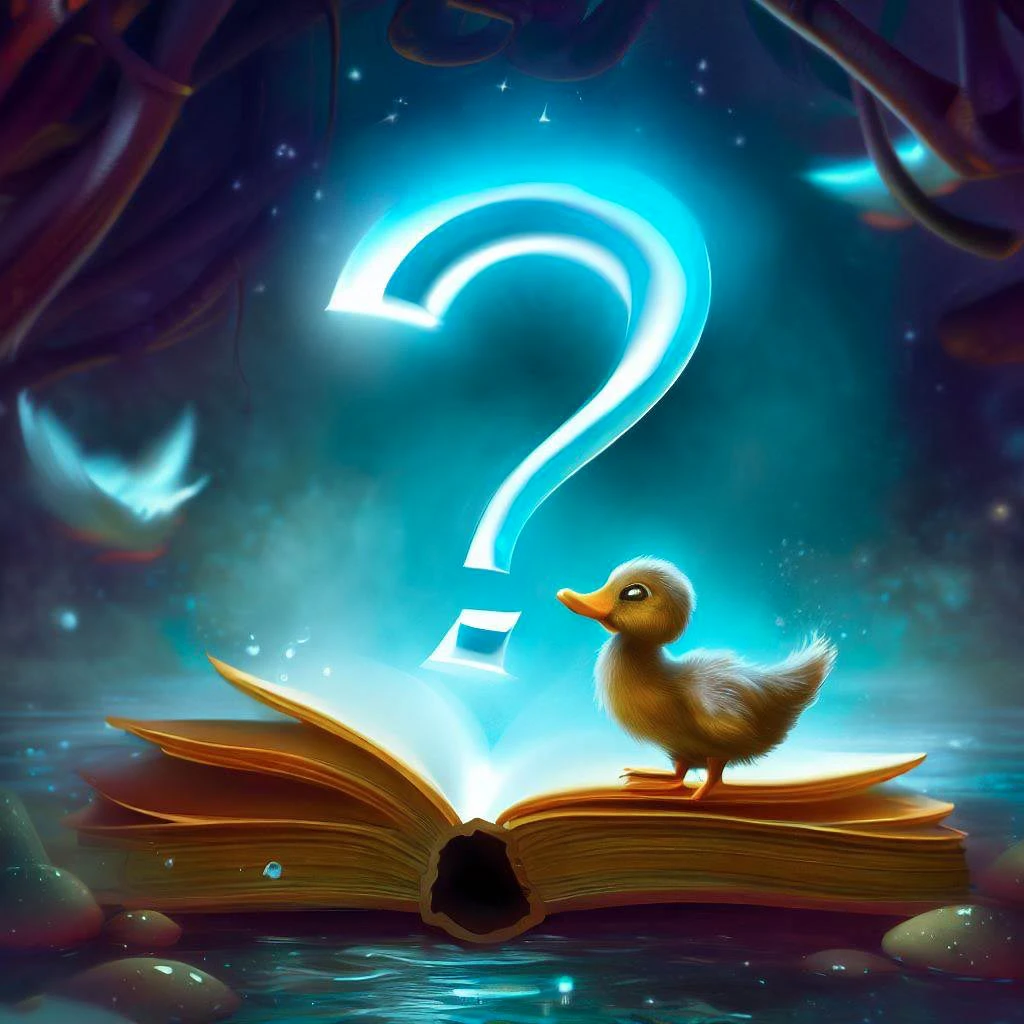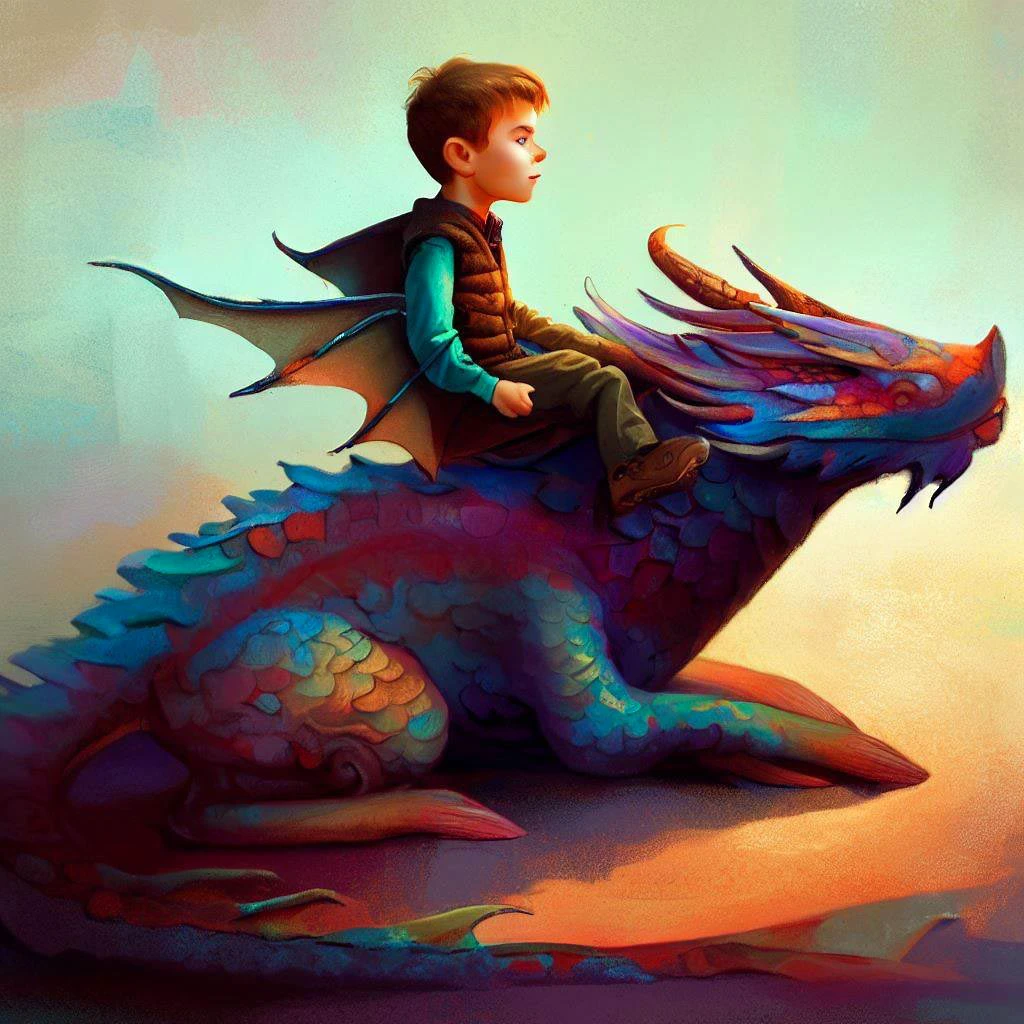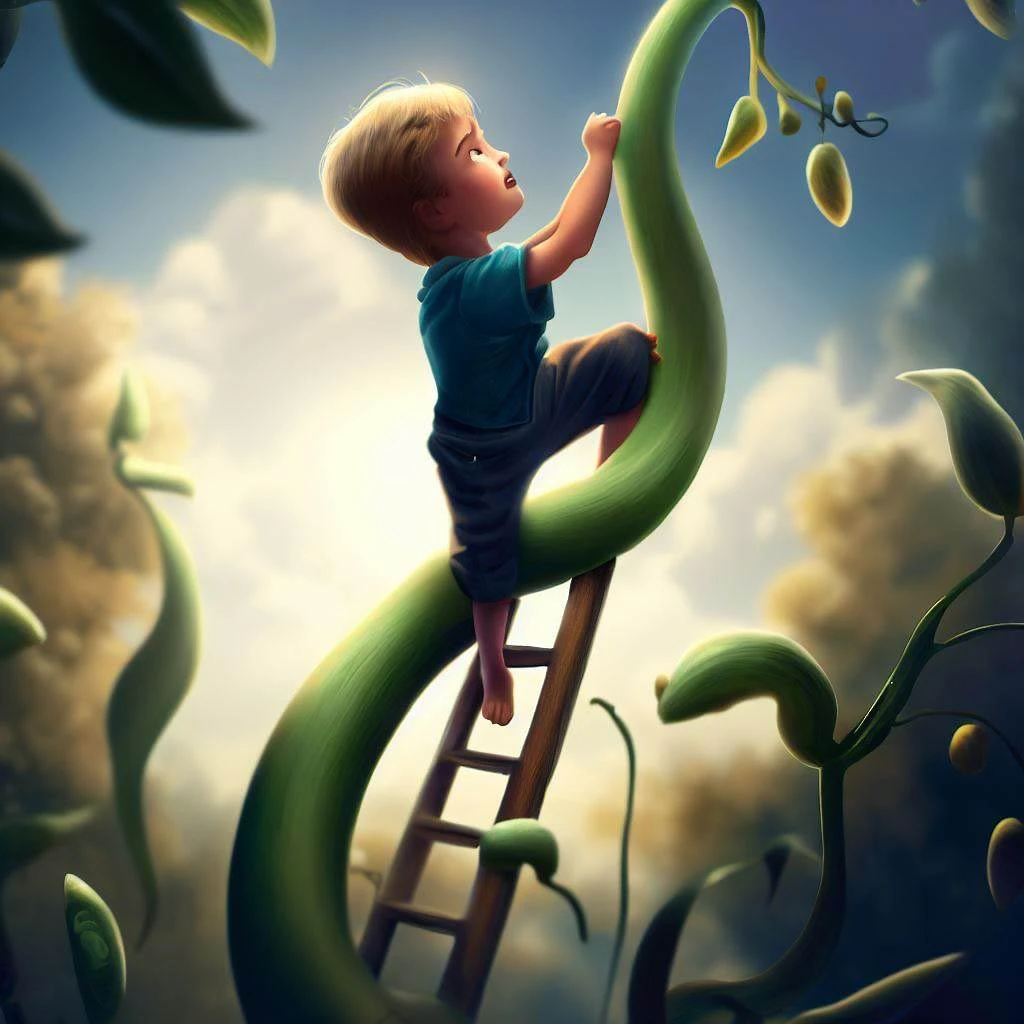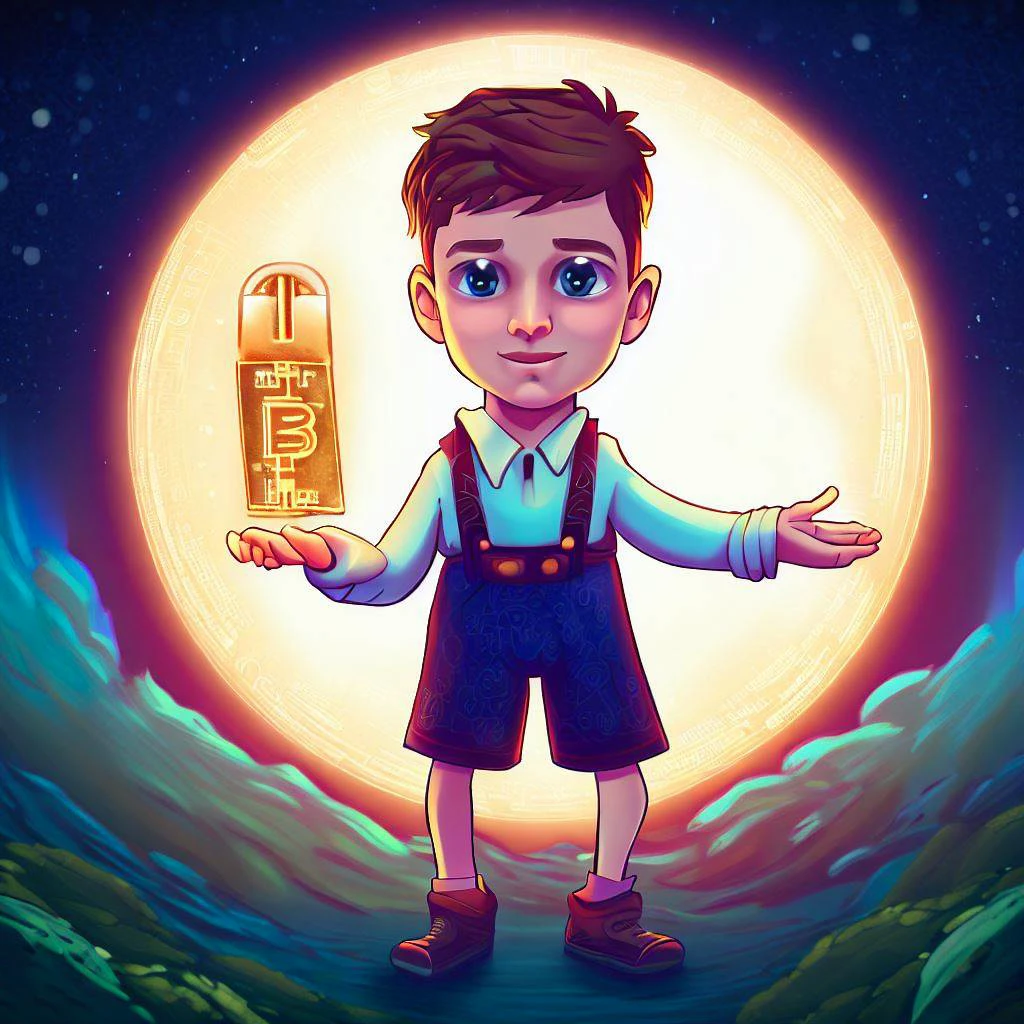A fable is a short story that teaches a moral lesson, often using animals as characters. Fables are a form of folk literature that has been around for centuries. Some of the most famous fables are attributed to Aesop, a Greek slave who lived in the sixth century BC.
Here are some examples of fables and their main themes:
The Hare and the Tortoise
This fable tells the story of a hare who challenges a tortoise to a race, confident that he will win easily. However, the hare becomes overconfident and decides to take a nap during the race, while the tortoise keeps moving steadily. The tortoise eventually reaches the finish line and wins the race, while the hare wakes up too late to catch up. The moral of this fable is that slow and steady wins the race, or that perseverance and hard work pay off.
The Goose and the Golden Egg
This fable tells the story of a farmer who owns a goose that lays a golden egg every day. The farmer becomes greedy and thinks that there must be a treasure inside the goose. He decides to kill the goose and cut it open, hoping to find more gold. However, he finds nothing but a normal goose inside and loses his source of income. The moral of this fable is that greed can ruin one’s fortune, or that one should not be too greedy for more than one needs.
The Flies and the Honey
This fable tells the story of a jar of honey that attracts many flies. The flies land on the honey and start to eat it, but they get stuck in the sticky substance. They try to free themselves, but they die in the process. The moral of this fable is that pleasure can be dangerous, or that one should not be tempted by things that seem sweet but are harmful.
Main Themes of Fables
Fables often convey universal themes that are relevant to human life and behavior. Some of the common themes of fables are:
Honesty
Fables teach that honesty is the best policy and that lying or cheating can have negative consequences. For example, in the fable “The Boy Who Cried Wolf”, a boy who lies about seeing a wolf loses the trust of his villagers, and no one comes to help him when a real wolf attacks him.
Here is a short example of a fable on the topic of honesty:
The Monkey and the Coconut
A monkey found a coconut on the beach and decided to take it home. He tried to crack it open with a rock, but it was too hard. He saw a fisherman nearby and asked him for help.
“Please, sir, can you open this coconut for me?” the monkey said.
“Sure, I can,” the fisherman said. “But what will you give me in return?”
“I will give you half of the coconut,” the monkey said.
“Deal,” the fisherman said. He took the coconut and smashed it with his knife. He gave one half to the monkey and kept the other half for himself.
The monkey was happy to get his half of the coconut, but he was also curious about what was inside the fisherman’s half. He peeked into it and saw that it had more water and flesh than his own half.
“Hey, that’s not fair!” the monkey cried. “You gave me the smaller half!”
“What do you mean?” the fisherman said. “We agreed to share it equally.”
“No, we didn’t,” the monkey said. “You cheated me. Give me your half or I will tell everyone that you are a thief.”
The fisherman was angry at the monkey’s lies and greed. He grabbed his knife and chased the monkey away.
The monkey ran for his life, leaving half of the coconut behind. He learned that honesty is the best policy and that lying can cost him more than he bargained for.
Wisdom
Fables teach that wisdom is more valuable than strength or beauty, and that one should use one’s intelligence and common sense to solve problems. For example, in the fable of “The Lion and the Mouse”, a mouse who is spared by a lion returns the favor by freeing the lion from a hunter’s trap, showing that even a small creature can be helpful to a powerful one.
Here is a short example of a fable on the topic of wisdom:
The Crow and the Pitcher
A crow was very thirsty and flew around looking for water. He saw a pitcher on a table and flew down to it. He peered inside and saw that there was some water at the bottom, but the neck of the pitcher was too narrow for him to reach it with his beak.
He tried to push the pitcher over, but it was too heavy. He tried to break it with his claws, but it was too hard. He thought of giving up, but he was too thirsty.
He looked around and saw some pebbles on the ground. He had an idea. He picked up a pebble with his beak and dropped it into the pitcher. He did this again and again until the water level rose high enough for him to drink.
He quenched his thirst and flew away happily. He had used his wisdom to solve his problem.
The moral of this fable is that wisdom is better than strength, or that one should use one’s intelligence and common sense to overcome difficulties.
Kindness
Fables teach that kindness is a virtue and that one should treat others with respect and compassion. For example, in the fable of “The Ant and the Grasshopper”, an ant who works hard to store food for the winter shares some of his food with a grasshopper who wasted his time playing and singing, showing that generosity is better than selfishness.
Here is a short example of a fable on the topic of kindness:
The Lion and the Mouse
A lion was sleeping in his den when a mouse ran over his nose. The lion woke up and caught the mouse in his paw. He was about to eat him when the mouse begged for mercy.
“Please, spare me, Mr. Lion,” the mouse said. “I did not mean to disturb you. I was just looking for some food. If you let me go, I will be grateful to you and may be able to help you someday.”
The lion laughed at the mouse’s words. “How can a tiny mouse help a mighty lion?” he said. “But you are so small and insignificant that I do not care to waste my time on you. Go away and do not bother me again.”
The lion released the mouse and went back to sleep. The mouse thanked him and ran away.
Some days later, the lion was hunting in the forest when he fell into a trap set by some hunters. He was caught in a net and could not free himself. He roared in anger and frustration, hoping that some of his friends would hear him and come to his rescue.
The mouse heard the lion’s roar and recognized his voice. He remembered how the lion had spared his life and decided to repay his kindness. He ran to the place where the lion was trapped and saw him struggling in the net.
“Don’t worry, Mr. Lion,” the mouse said. “I will help you.” He gnawed at the ropes of the net with his sharp teeth and cut them one by one. Soon, the lion was free from the net.
He thanked the mouse for saving his life and apologized for underestimating him. He realized that kindness is never wasted and that even a small creature can be helpful to a powerful one.
The moral of this fable is that kindness is a virtue, or that one should treat others with respect and compassion.
Interesting Fact about Fables
Fables have influenced many aspects of culture and language, such as literature, art, music, and proverbs. Many common sayings come from Aesop’s Fables, such as “sour grapes”, “look before you leap”, “a bird in the hand is worth two in the bush”, and “don’t count your chickens before they hatch”. Some famous authors who have written fables or used them as inspiration are George Orwell, Jean de La Fontaine, Rudyard Kipling, and Leo Tolstoy.
Fables have also been adapted into various forms of media, such as cartoons, comics, movies, and video games. Fables are still popular today because they are easy to remember and understand, and they offer timeless lessons for life.
Why do children love fables so much?
Children love fables for many reasons. According to some sources, fables:
- Draw them in, transport them to another place, and make them feel something — fear, happiness, worry, or excitement to name a few.
- Speak to universal themes of good versus evil and moral values like hard work and kindness.
- Feature animals that act like humans and are free to be foolish, funny, boastful, naughty, kind, selfish, and wild.
- Are short and sweet, and easy to read and remember.
- Teach them important lessons for life and offer maxims to live by.
- Introduce them to different cultures and diverse beliefs.
- Inspire their imagination and creativity.
Fables are a great way to entertain and educate children at the same time. They have been around for centuries and are still popular today because they appeal to the child’s curiosity and sense of wonder.






